I love tea – it’s such a lovely way to start a day or a real treat for an afternoon pick me up. There were times, when I’d be happy for anyone to make my tea.
Recently started to realise that how one prepare tea makes such a difference, that it’s nearly impossible to end up with the same taste. If you know how you like your tea, the chances are that others might not get it quite right.
One of the worse things is when the tea is bitter and no matter how much milk, sugar (or lemon) you add in it doesn’t make any difference.
So, in this blog post, I wanted to explore why our tea can get bitter and also to look at how we can prevent it from happening. I’ve also included tips on what to do when your tea ends up bitter and you just don’t want to drink it as it is. There is surprisingly a lot of things you can do with bitter tea.
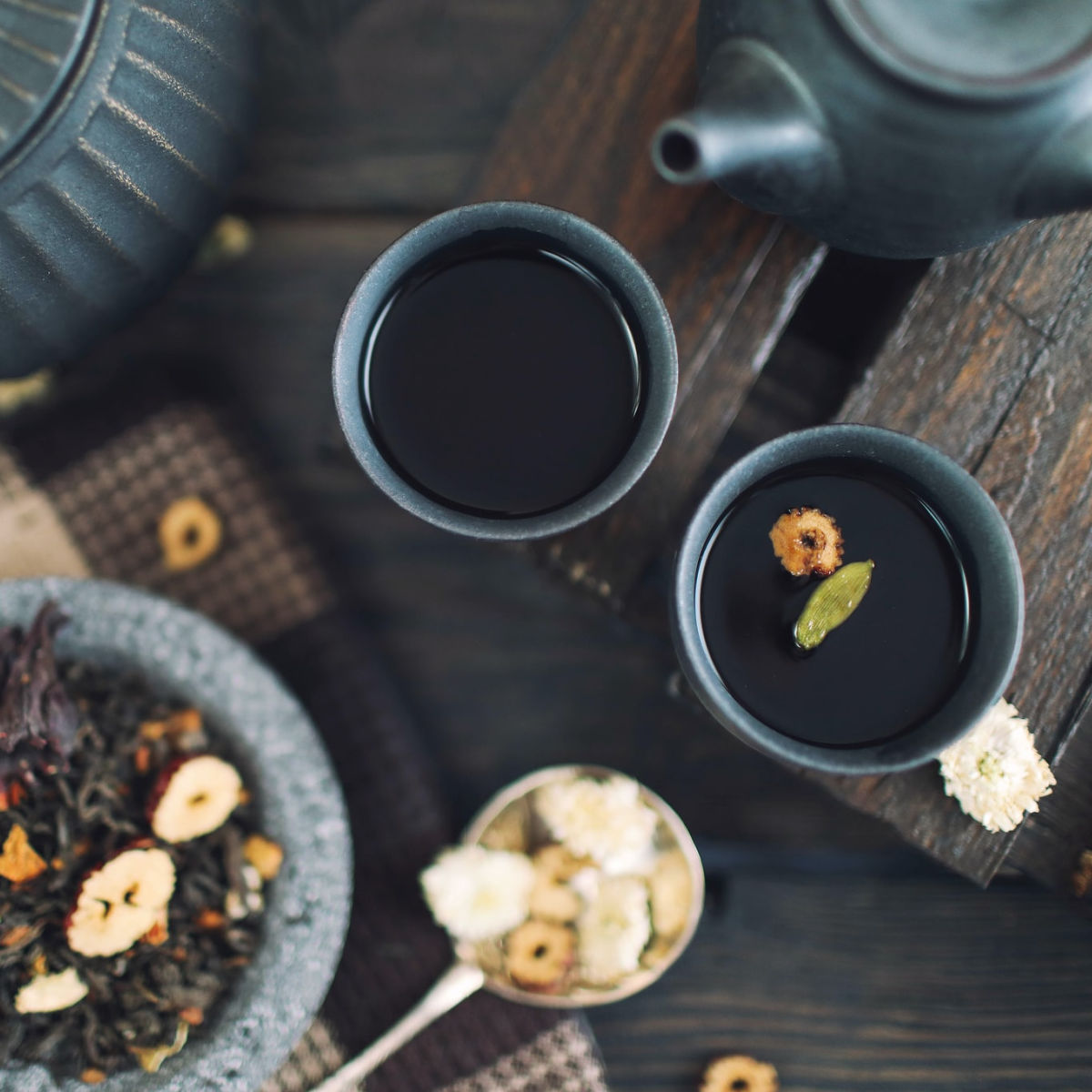
MORE COOKING & BAKING TIPS
- How to best freeze curry at home >>
- How to use effectively eggs in smoothies >>
- How to stop apples from browning >>
Here are the main reasons why tea can taste bitter and how to prevent it from getting bitter in the first place.
Too much tea in the tea pot
This one is obvious, but if you add to much tea in your mug or tea pot (and don’t add enough water) you will end up with a strong tea, which can taste bitter.
It’s generally adviced to add one teaspoon per person of tea leaves or tea bags and one extra for the pot. But what if that’s too strong for you? Or your tea pot is too small? Only you can judge that, so I’d test the tea with less teabags or tea leaves and see whether that might solve the problem of bitterness.
Left for too long to brew
Depending on the type of the tea, the brewing time can also affect the way how the tea taste. If you leave the tea to stew in the water for more than 5 minutes, the tea starts to release extra tanin, which makes the tea bitter. Again, each tea manufacturer will have a recommendation on how long their tea ment to be infused for.
A lot of people, including me, are not aware of how long 3-4 minutes are. They seem long enough when you are waiting for a bus, but they go quite quickly when you get distracted with something else in your kitchen, like making your breakfast once you poured your tea.
Try to time the brewing time by setting an alarm for 3 or 4 minutes on your phone (or check the clock) and you’d be surprised how quickly it goes.
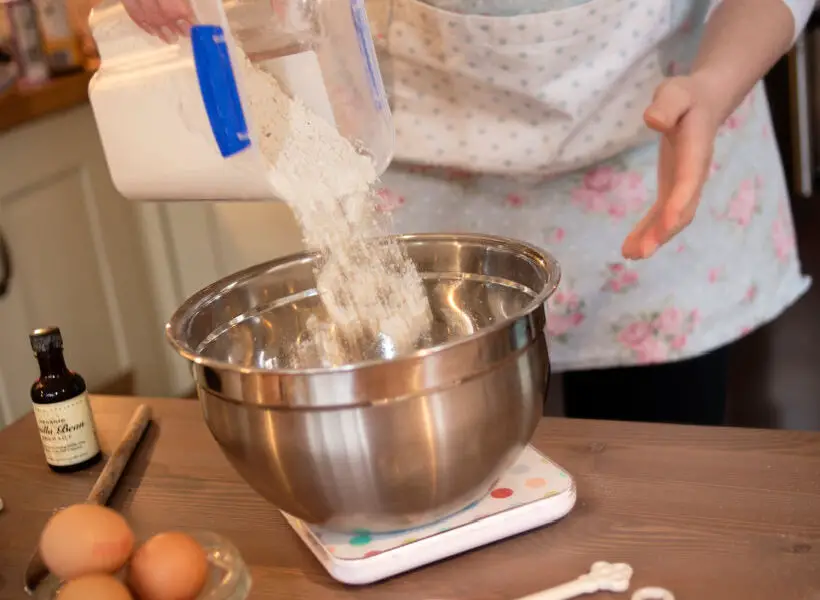
Used too hot water
If you pour too hot water over your tea, you’ll scorch it and burn it. This will result in bitter tea. Ideally, the water should be just ‘off boil’, which means about 97-98 C (208-210 F) for black tea. I normally leave the kettle to boil and wait about 30-45 seconds and then pour it in my tea pot.
It’s also worth mentioning that white and green tea are much more delicate than black teas and require even lower temperature. This is about 85C or 185F. If you don’t have a thermometer to check, just leave the kettle for 1 minute after it has boiled and it should be just about right.
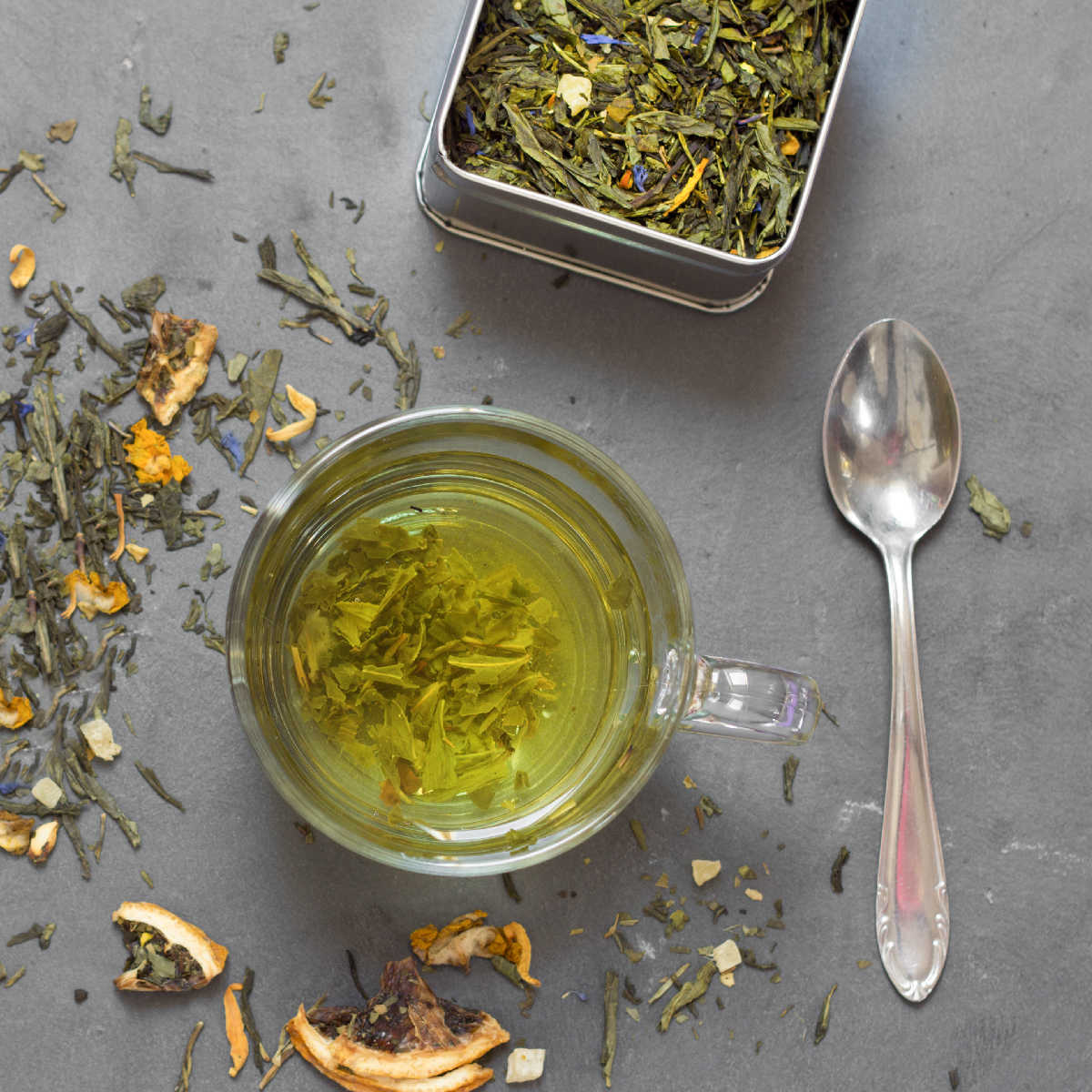
The wrong type of water
You might have already noticed, that the same tea can taste very different, when you make it in different location. I’ve noticed this, when I took my favourite tea with me on holiday and it didn’t taste anything like it tasted at home.
Soft, natural water is best for tea making. If you live in a hard water area, the extra calcium and other chemicals will make the water hard and affect the flavour. If you are not sure if you live in a hard water area or not, check your electrical kettle – if you get limescale inside and need to descale it often, then you do live in a hard water area.
The easiest way to tell that you are in a soft water area (if you are going on holiday) is to wash your hands (or have a shower!). If you use a small amount of hand wash or soap and you need a lot of water to remove it from your hands, then you are in a soft water area.
To remove the excess calcium and magnesium from your water completely, you’d need a descaling system connected to your water pipes. This can be quite an expensive job, so I’d recommend regularly descaling your kettle and using filtered water to make your tea.
There are also teas, that are specially blended to work in a hard water areas, so it’s worth looking into these too.
MY FAVOURITE TEA RECIPES
- Iced Peach Tea >>
- Iced Green Tea >>
- Dandelion Tea >>
- Cherry Tea (Iced or Hot) >>
- Milk Bubble Tea >>
- Turkish Apple Tea >>
The wrong type of tea
Not all tea is equal! Some tea is naturally much stronger in flavour than others.
Naturally less bitter
Herbal tea
Fruit tea
White tea
Naturally bitter
Black tea
Naturally very Bitter
Green tea
What to do when your tea is already bitter
The chances are that you’ve come across my blog post because your tea has already got bitter and now you are wondering what to do with it. Well, I have a few practical tips, that might just help with this problem
Dilute the tea with more hot water
Cool it down with ice cubes or more cold water and make it into an ice tea
Add sugar, honey or other sweetener
Add lemon or lime
Add warming spices, such as cinnamon, nutmeg or ginger
Use it to colour clothes to a light brown colour (it makes your clothes aged)
Use it to colour or distress paper, fabric or wool
Colour eggs – either traditional Chinese eggs or Easter Eggs
Freeze the tea in ice cube trays and use few cubes to make a fresh tea or ice tea whenever you want it
Use it for soaking raisins and fruit to make a fruit cake
Use it instead of water to make wholemeal bread. It will darken the colour and add a bit of flavour to your bread.
You can also use the tea instead of water in any pancake recipe and add some warming spices to make a chai tea flavoured pancakes.
If you don’t fancy anything else, leave the tea to cool down and use it to water your plants

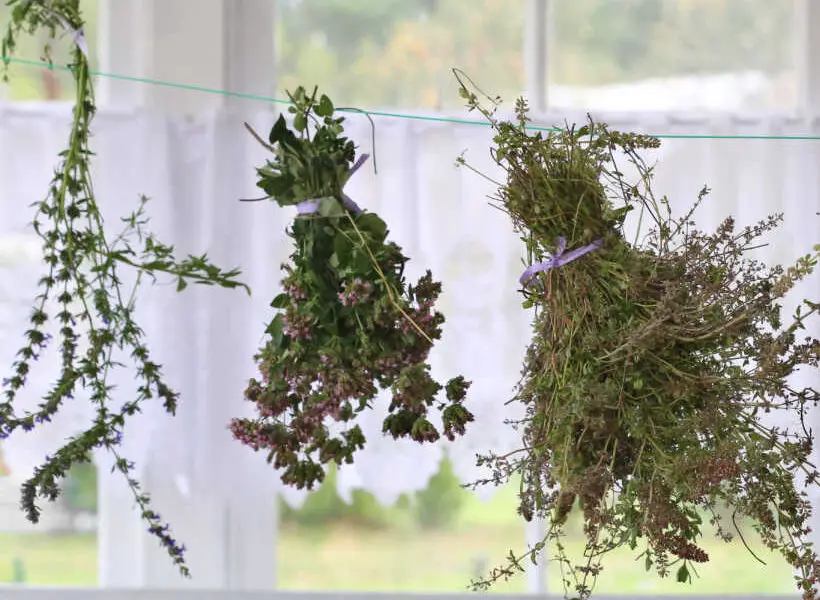

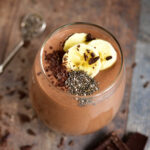
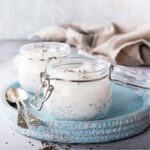
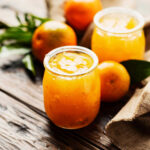
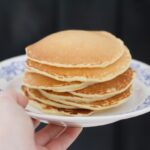

Leave a Reply